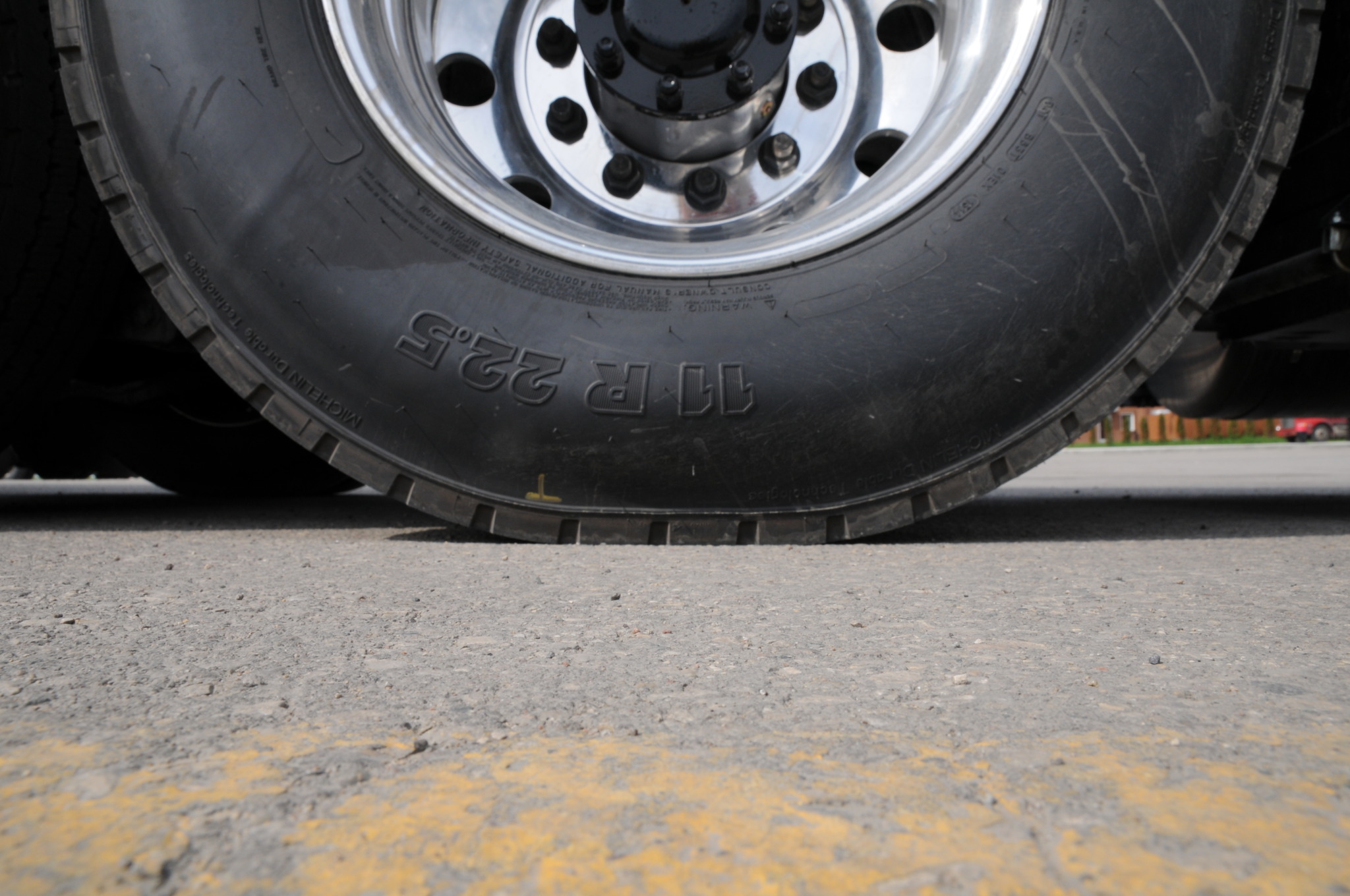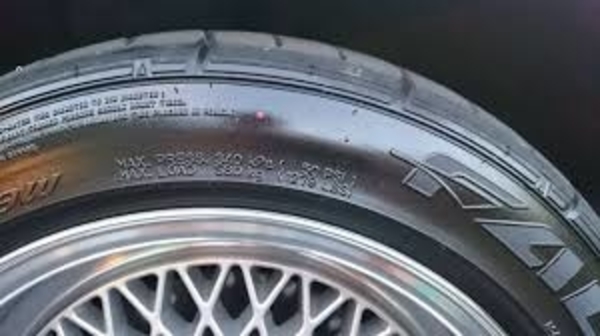
If you can't find the label, check your owner's manual.

The recommended pressures are printed on the vehicle's tire information label, which is usually attached to the edge of the driver's door, the door post, the glove box or the fuel door. Find the vehicle manufacturer's recommended pressures for your front, rear and spare tires.While doing so, take a moment to ensure that the tire is securely fastened to the vehicle. Be sure to measure the inflation pressure of your tires, including your spare, at least once a month.Operating an underinflated or overloaded tire at highway speeds on a warm summer day is a recipe for tire failure. Underinflation is the number one enemy of a tire. Operating a vehicle with just one tire underinflated by 56 kPa (8 psi) can reduce the life of the tire by 15,000 km and can increase the vehicle's fuel consumption by 4%. This builds up heat, which can cause serious damage. Without enough air, the sides of a tire bend and flex too much. Underinflation increases rolling resistance, which reduces tread life and increases fuel consumption. In fact, 23% of all vehicles surveyed had at least one tire underinflated by 20%. According to a recent study, about 70% of the vehicles on the road in Canada have at least one tire that is either over or underinflated by more than 10%.

Even though they may look fine, they may be underinflated by as much as 20%. You can't tell if your tires have enough air just by looking at them. Since the air pressure supports 95% of the weight, inflation is a critical part of a tire's ability to perform. The tire and rim assembly is an air chamber that, when inflated to the proper pressure, supports the weight of the vehicle.


 0 kommentar(er)
0 kommentar(er)
